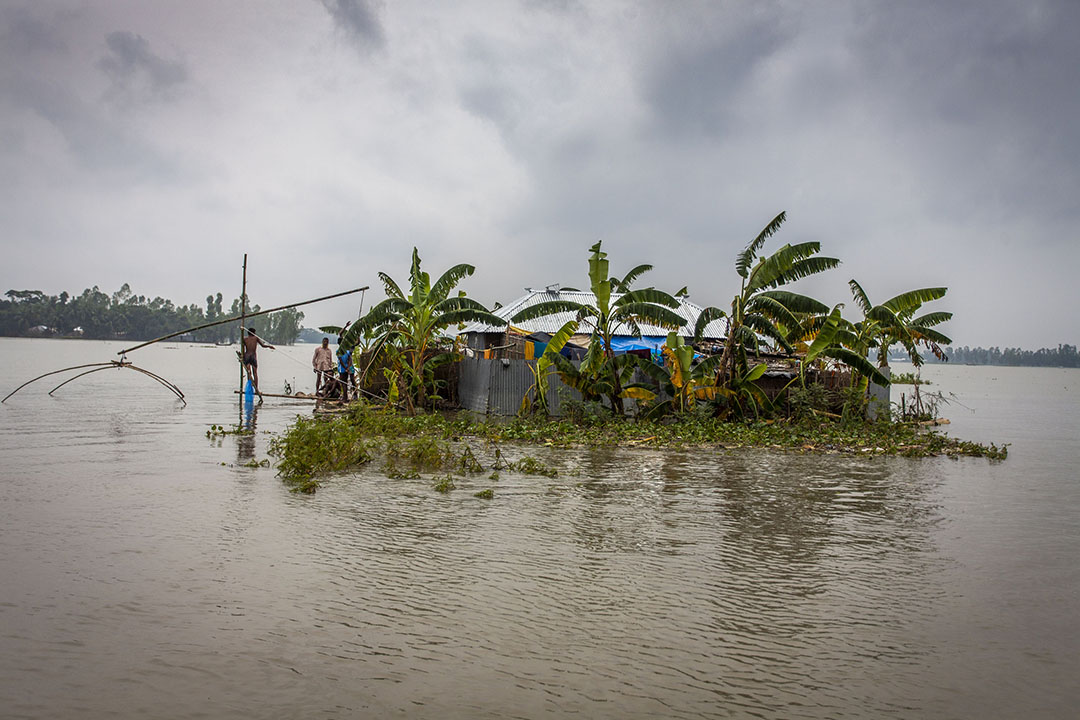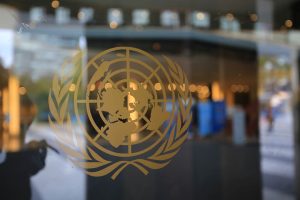The Organisation for Economic Co-operation and Development (OECD) has released its latest climate finance data, according to which developed countries provided and mobilized USD 115.9 billion in climate finance for developing countries in 2022. This is the first time developed countries have met the USD 100 billion per year commitment, two years later than the initial target date of 2020. The commitment was later extended through to 2025.
The report titled, ‘Climate Finance Provided and Mobilised by Developed Countries in 2013-2022,’ reveals that in 2022, climate finance was up by USD 26.3 billion from 2021, representing a 30% year-on-year increase, which is the biggest to date.
According to the report, public funds from bilateral and multilateral channels accounted for 80% of the total climate finance provided. Multilateral public climate finance went up USD 35 billion, or 226%, since 2013. Mobilized private finance increased 52%, or USD 7.5 billion, reaching USD 21.9 billion in 2022.
It will be important to sustain this level of elevated support through to 2025 while also increasing our ambition for the new post-2025 goal.
— OECD Secretary-General Mathias Cormann
The data show an uptick in adaptation finance. In 2022, it reached USD 32.4 billion, which is three times the 2016 level. The report notes that public adaptation finance in 2019 was USD 18.8 billion. With mobilized private finance included, it sat at USD 20.3 billion. “Based on these figures, in 2022, developed countries were about halfway towards meeting the 2019 COP 26 Glasgow Climate Pact’s call to double the provision of adaptation finance by 2025,” an OECD press release highlights.
The report finds that while loans continued to represent “the lion’s share” of public climate finance, grants, which are being prioritized in lower-income countries, more than doubled, increasing by USD 13.4 billion between 2016 and 2022. Yet, climate finance to low-income countries was only 10% in 2022.
Least developed countries (LDCs) and small island developing States (SIDS) received a larger amount of finance for adaptation than the average for all developing countries (about 50% compared to 25%). However, private mobilized finance for LDCs and SIDS was limited. This, according to OECD, “underscore[es] the need for tailored international support to help address the challenges faced by these countries in attracting private investment for climate action.”
The report was published on 29 May 2024, ahead of the Bonn Climate Change Conference.
Another OECD publication, released on 27 May, contributes to the UNFCCC discussions on a New Collective Quantified Goal (NCQG) on climate finance for the post-2025 period. The report considers how the NCQG could reflect various elements relating to international public finance, private finance, and domestic efforts. It also explores issues relating to the quality of finance, obstacles faced by developing countries in accessing finance, and tracking and assessing progress towards the future goal. [Publication: Climate Finance Provided and Mobilised by Developed Countries in 2013-2022] [Publication Landing Page] [Publication: The New Collective Quantified Goal on Climate Finance: Options for Reflecting the Role of Different Sources, Actors, and Qualitative Considerations] [Publication Landing Page] [OECD Press Release]

